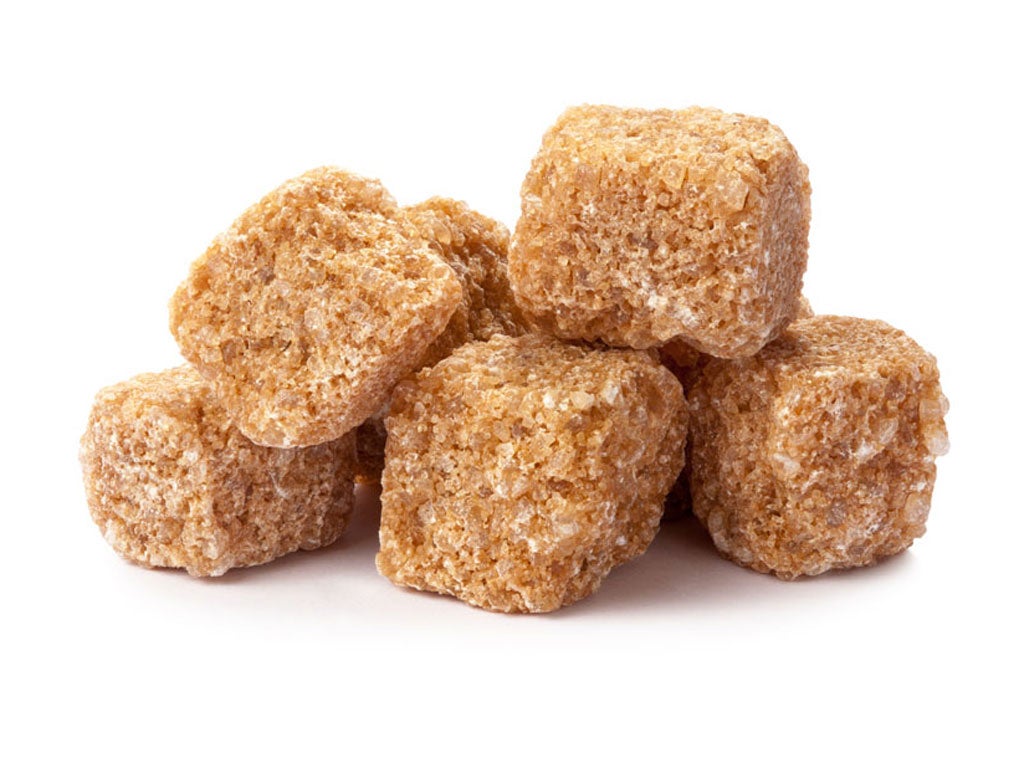What Price Stuff? The commodity price revolution
The world is in the grip of a commodity price revolution. Tom Bawden explains why scarce resources are going through the roof

The world is in the midst of an unprecedented scramble for resources – and it's only going to get worse.
Whether it's copper for wiring and pipes, or a Cézanne masterpiece to invest your banking bonus in, global demand for all manner of stuff is soaring.
Click here to see graphic Commodity revolution: Resource prices
The vital physical ingredients of life – commodities such as iron, wheat, sugar and zinc – are now two and a half times as expensive, on average, as they were at the turn of the century, and that's excluding the impact of inflation. And the less vital articles – exotic items such as truffles, rhino horn and works of art – are also on the rise. Without wanting to sound boring, the soaring price of stuff boils down to the simple economics of supply and demand.
The rapid expansion in the global population and the phenomenal rise of emerging markets such as China and India mean there are now far more people who can afford to buy non-essential items – as well as more people to buy the basics.
At the top end of the wealth league, emerging market growth has created a new generation of billionaires, while growing income disparity in the West means the rich, at least, are getting richer. The growth in the super-wealthy is increasing demand for exotic items, thereby pushing up their prices.
And on the supply side, much of the "low-hanging fruit" in the resources world has long been plucked, forcing miners and energy companies to seek out ever more remote supplies, such as oil contained in tar sands, under deep water, or around the Arctic.
So, while resources are not yet running out, they are becoming more expensive – and more environmentally hazardous – to "harvest". As a result, oil now costs twice as much to extract as it did a decade ago. Unfortunately, things are only going to get worse, because the trends that have created the commodities boom are accelerating.
The world's so-called middle class population is set to increase from 1.8 billion today to nearly five billion in 2030, according to a recent report from the McKinsey consultancy.
Meanwhile, because commodity prices are flying – and will continue to fly – investors have been piling into them in the past few years as they run away from more traditional investments such as bonds and shares, which have performed poorly in the economic crisis.
Not only has this pushed prices up further, but it has made commodities more volatile. That's because investors stockpile items in the hope of selling them later for a profit – unlike customers, who buy stuff to grow or make things out of. This has the effect of exaggerating the fluctuations in demand that arise from changes in manufacturing and farming activity.
This increasing volatility was demonstrated all too clearly in the final few months of 2011, when the prices of fundamental commodities such as copper, iron, zinc, coffee and cocoa tumbled from record, or near record, highs because people were concerned about the implications of the eurozone crisis. The prices are now climbing steadily again.
The senior management of Rio Tinto, the world's second largest mining company, are only too aware that the commodities market can go down as well as up. This week, the company's chief executive, Tom Albanese, and its finance director, Guy Elliott, waived their right to bonuses – which could have been worth more than $1m (£633,000) apiece – after admitting that Rio Tinto had overpaid for Alcan, an aluminium business, in 2007.
The pair were forced to write down the value of that business by $8.9bn after the price of aluminium dropped by 12 per cent. It may be hard to feel sorry for this wealthy duo, but the global commodities boom is having a crippling effect on the world's poorer populations, in some cases provoking food riots, as well as causing considerable pain in the UK.
Looking on the bright side, a series of developments in farming, manufacturing and extraction in recent decades has greatly improved the efficiency with which we deploy resources and, in turn, reduced their price.
But, as McKinsey notes in its Resource Revolution report: "The size of today's challenge should not be underestimated... The next 20 years appear likely to be quite different from the resource-related shocks that have periodically erupted in history."
The price of everything...
Gold per g: £42
Crude Oil: 0.04p
Almas Caviar: £15.83
Arabica Coffee: 30p per g
Cattle (live): 17p per g
Silver: 68p per g
Wine (max.): Chateau Cheval Blanc 1947: £32 per g
Cotton: 12p per g
Sugar: 3p per g
Matsutake mushroom: £1.39 per g
Lead: 0.1p per g
Aluminium: 0.1p per g
Uranium: 7p per g
White Alba Truffle: £67.27 per g
Rhino Horn: £25.37 per g (est)
Copper: 0.5p per g
Sargol Saffron: £39.08 per g
Fine Art (max.) Cézanne's ‘The Card Players': £285,000 per g
Bear’s gall bladder: £25.37 per g
Pink Diamond (max.) The 'Vivid Pink': £6,860,534 per g
Platinum: £33.79 per g
Wheat: 1p per g
Plutonium: £6,980 per g
Footballer (max.) Cristiano Ronaldo: £946.74 per g
Cocaine: £42 per g (est)
Prices researched by Charlie Cooper
Subscribe to Independent Premium to bookmark this article
Want to bookmark your favourite articles and stories to read or reference later? Start your Independent Premium subscription today.

Join our commenting forum
Join thought-provoking conversations, follow other Independent readers and see their replies